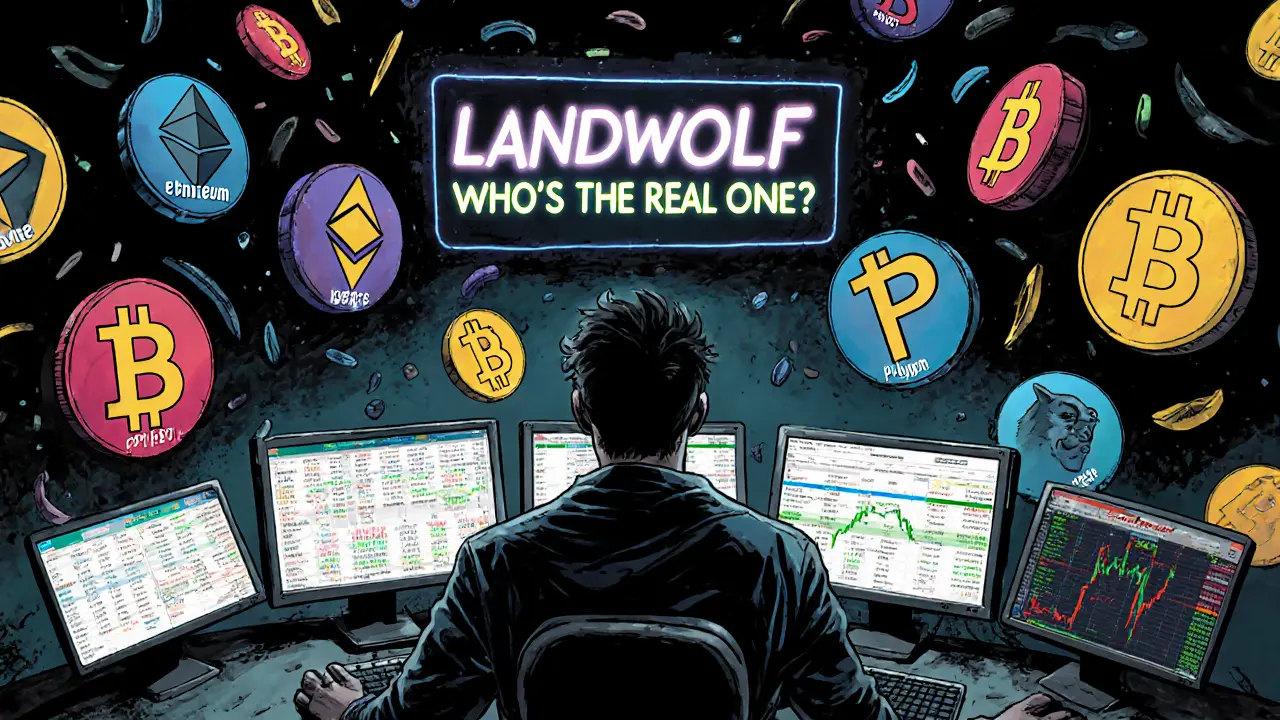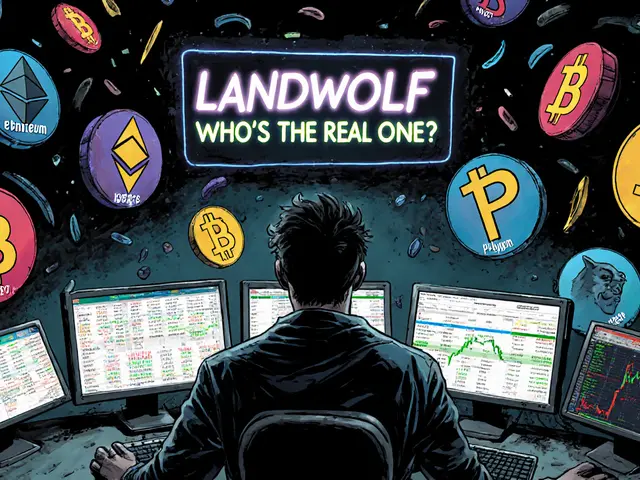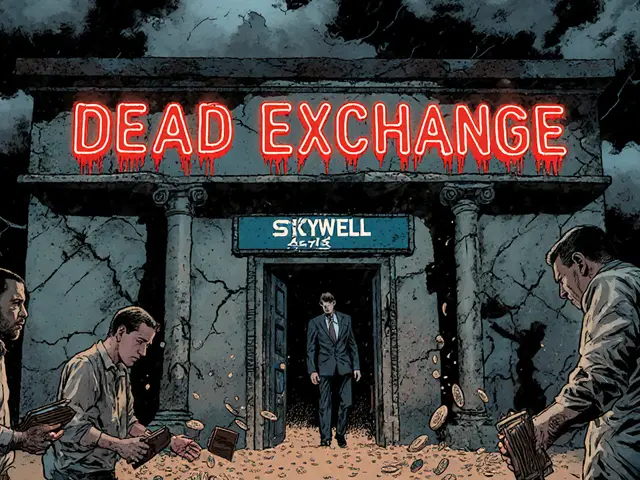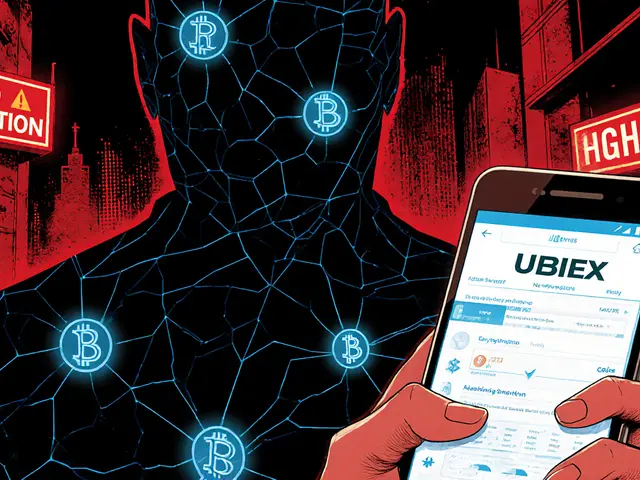Landwolf Token: What It Is, Why It Matters, and What You Should Know
When you hear Landwolf token, a little-known crypto asset with no public team, no whitepaper, and zero trading volume. Also known as LWOLF, it’s one of hundreds of tokens that pop up on obscure platforms, vanish within weeks, and leave behind nothing but a price chart that never moved. Most people never hear of it—until they see a Reddit post or a Telegram group promising a 100x return. That’s the trap.
Landwolf token doesn’t have a website, no active social media, and isn’t listed on any major exchange. It’s not a DeFi protocol, not a gaming coin, not even a meme with a community. It’s a placeholder. A name on a blockchain with no purpose. Compare that to tokens like VelasPad (VLXPAD), a launchpad token tied to the Velas blockchain with real use cases and circulating supply, or RUGAME (RUG), a token that at least had a launch and some claims—even if it’s now dead. Landwolf doesn’t even have that. No team. No roadmap. No updates since its creation. It’s not a project. It’s a ghost.
Why do tokens like this exist? Because anyone can create a token on any chain for under $10. No one checks if it’s real. No one cares if it’s useful. All that matters is whether someone will buy it hoping the next person pays more. That’s the definition of a pump-and-dump waiting to happen. And when the pump ends? The token disappears from wallets, exchanges delist it, and the creators vanish. You’re left with a zero balance and a lesson.
The crypto space is full of noise. But the real signal comes from transparency: who’s behind it, what problem it solves, where it’s traded, and whether people are actually using it. Landwolf token has none of that. It’s not a hidden gem. It’s a red flag wrapped in a ticker symbol. If you’re looking for real crypto opportunities, you don’t need to chase ghosts. You need to look at projects with open-source code, active communities, and real trading volume. The posts below show you exactly what that looks like—and what to avoid.







